-

-
Zoek met minimaal 3 karakters
- Login
-
- Your shopping cart is empty
change basket - Webshop
Hybridising
Innovation and Quality for the Future
How JUB Holland Stands Out in hybridising
Hybridising is the process of carefully crossing plants and flowers with specific traits to develop new and improved varieties. At JUB, we focus on the hybridising of tulips, creating new varieties that are not only stronger but also meet the latest market demands.
Why Hybridising is Important
Our passion for crossing and hybridising tulips is rooted in a clear mission: to create tulips that are not only visually appealing but also sustainable and disease-resistant. This is essential for providing our customers with a reliable and robust product. Developing tulips that are naturally stronger reduces the need for protective measures, directly contributing to more sustainable cultivation and a healthier environment.
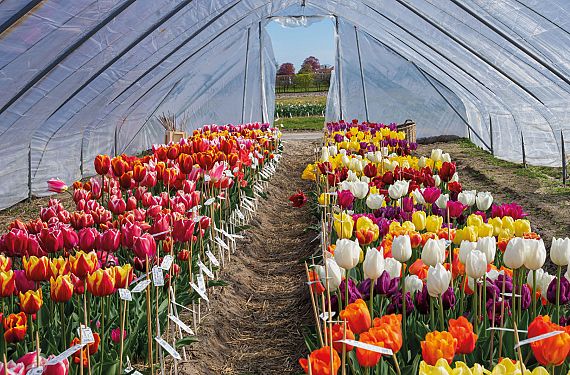
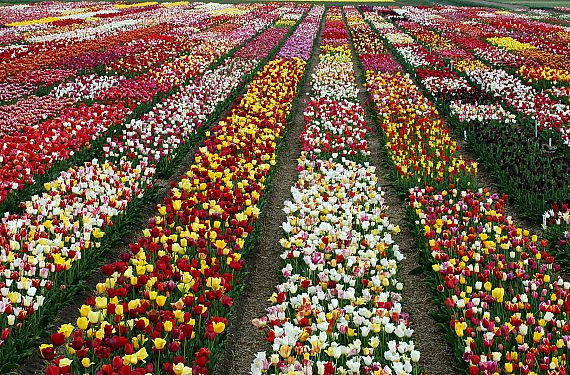
Collaboration with Remarkable Tulips
Remarkable Tulips was founded in 1996 as a collective of leading companies in the tulip industry, specializing in the cultivation, forcing, and marketing of tulips. JUB Holland has been a part of this collective from the very beginning. Together, we are dedicated to developing new, exclusive tulip varieties of the highest quality.
Thanks to this collaboration, we have access to the latest techniques and insights in the field of bulb hybridising, allowing us to continuously innovate.
Our hybridising facility is located in Lisse, as part of the Hobaho testing center. Here, the entire process takes place, from crossing different varieties to growing bulbs and testing the new varieties for many years.
The Process Behind the Perfect Tulip
The hybridising of tulips, aimed at creating new and stronger varieties, is a lengthy and patient process. It can take around 20 years before a new variety becomes available to consumers.
From Crossing to Nursery
The process begins with selecting 'parent' plants: tulips with desirable strong traits that will be used as parent stock. We cross two different tulips by rubbing the pollen from one tulip (the father) onto the stigma of the other tulip (the mother). The pollen from the father then grows inward towards the ovary of the mother, where fertilization occurs. After fertilization, the stigma develops into a large seed pod filled with hundreds of seeds, each representing a potential new tulip.
In the autumn, the seeds are harvested and sown in the ‘nursery,’ a special greenhouse. Here, the seeds are nurtured until they grow into mature tulips. After two years, they are planted outside. Only after 4 to 5 years do they produce their first blooms. From that moment on, the bulbs are officially mature and ready for testing.
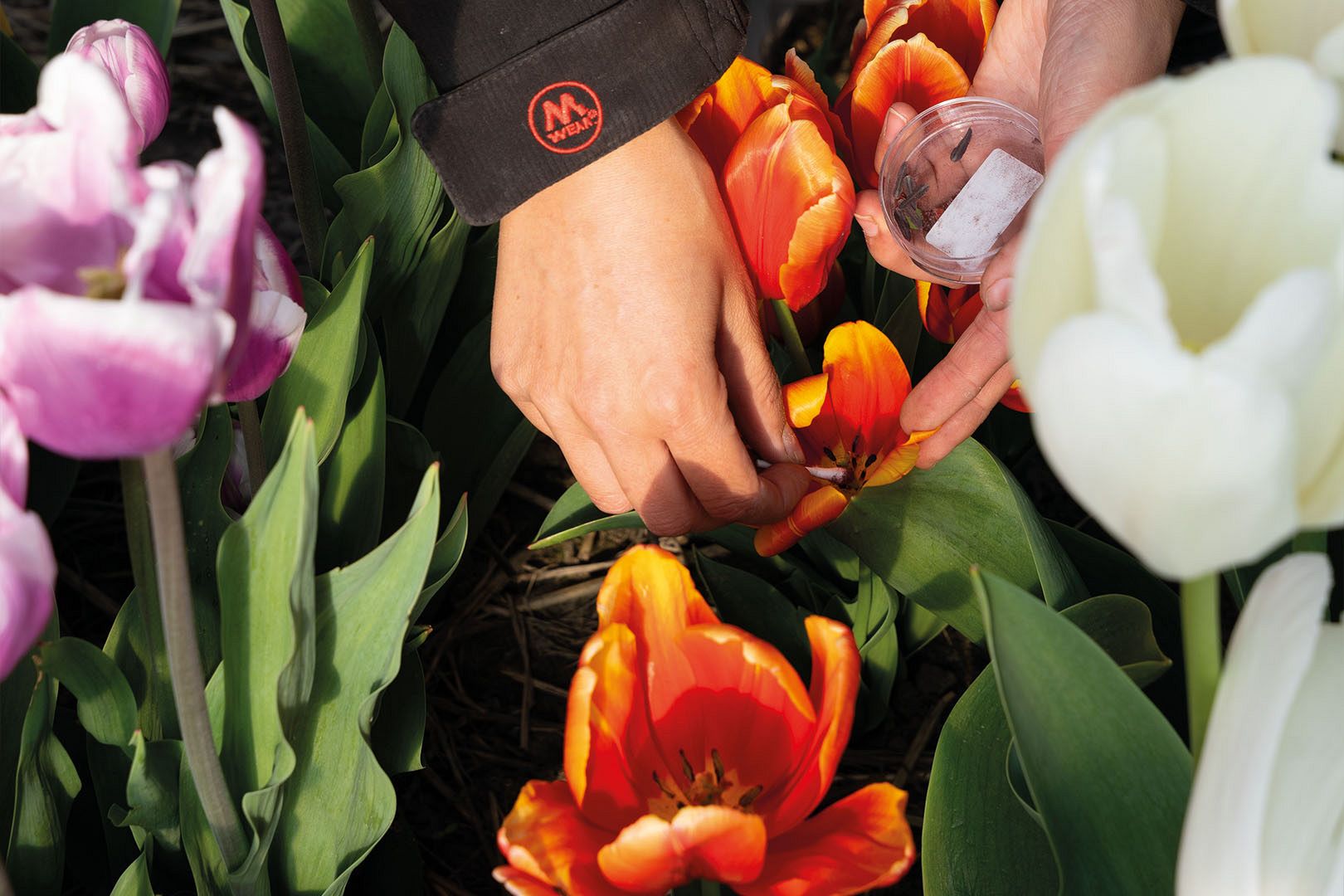
Hybridising 2.0 – Faster Selection with DNA Testing
Thanks to DNA testing, the hybridising process can be significantly accelerated. Where it previously took five years to evaluate the first bulbs, this can now be done in just three years. Using DNA analysis, we can immediately determine whether a new tulip meets important criteria, such as seed production, strength, and disease resistance. This enables us to identify which varieties have potential much earlier, reducing the overall hybridising time from 20 to 15 years.
Stringent Selection and Evaluation
The bulbs undergo a temperature treatment in a greenhouse to induce blooming, after which the first evaluation takes place. The new varieties are assessed based on color, leaf arrangement, flower power, stem strength, and vase life to ensure they meet our high standards. Each year, approximately 60,000 tulips are evaluated, with only about 150 advancing to the next testing round. Only the strongest, most beautiful, and most promising varieties are selected for further development.
From Trail Garden to Market
In the final phase of the hybridising process, we test the new tulip varieties in our trial gardens, where they are thoroughly evaluated under various conditions. Only when a tulip meets all the requirements – from growth and bloom to shelf life and propagation – is it included in our product range. Thanks to our ongoing commitment to quality, innovation, and sustainability, JUB Holland offers its customers only the best tulip varieties. Using techniques such as DNA testing, we can reduce the hybridising time to 15 years without compromising the quality of our products.
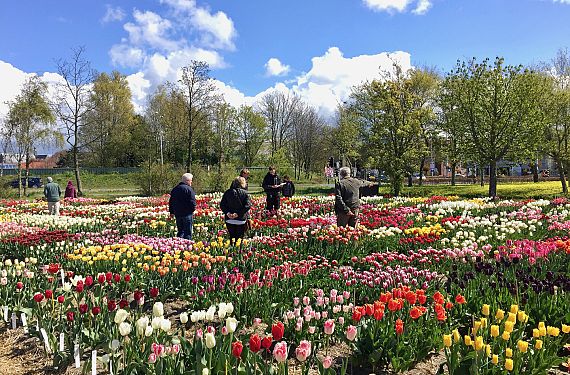

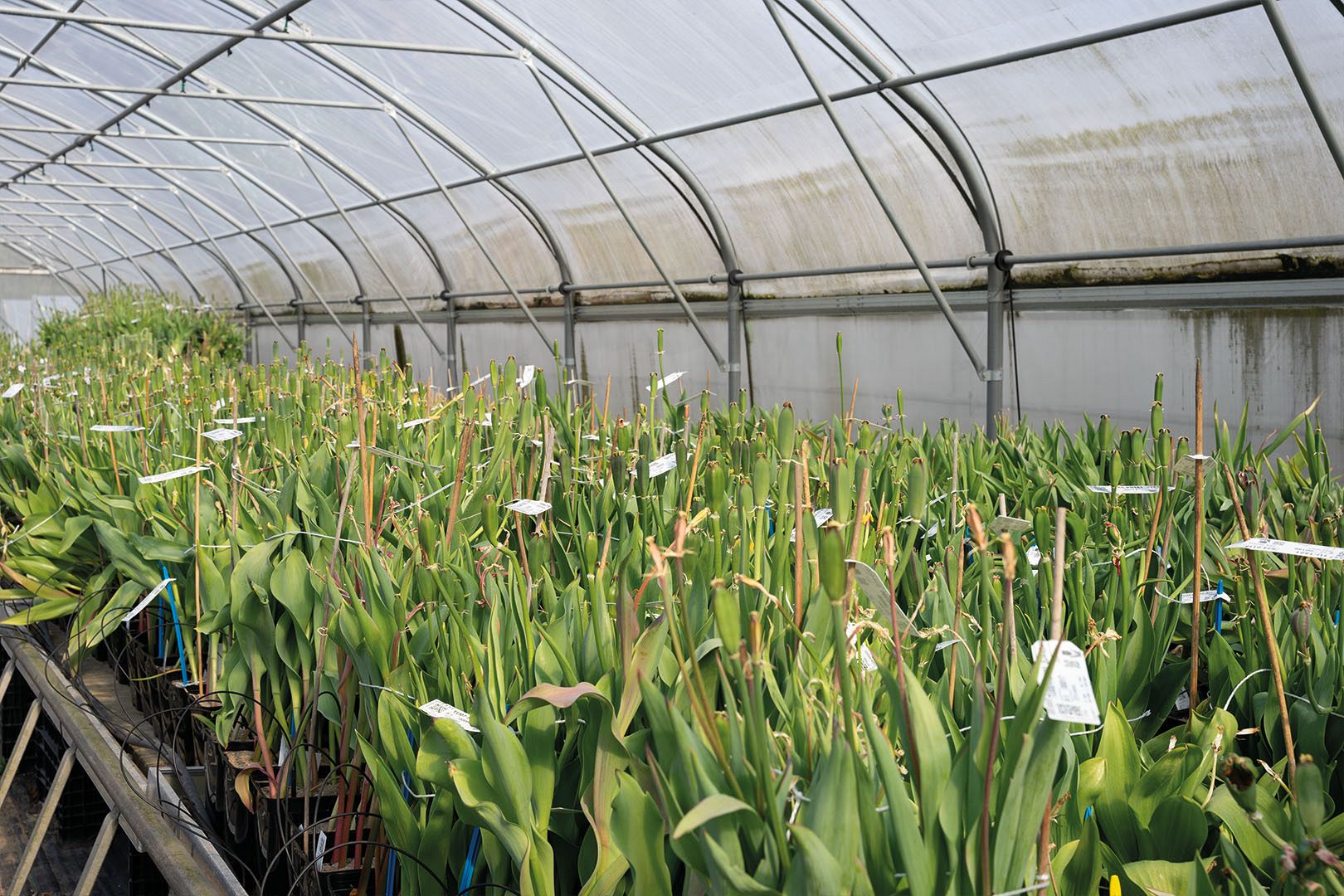
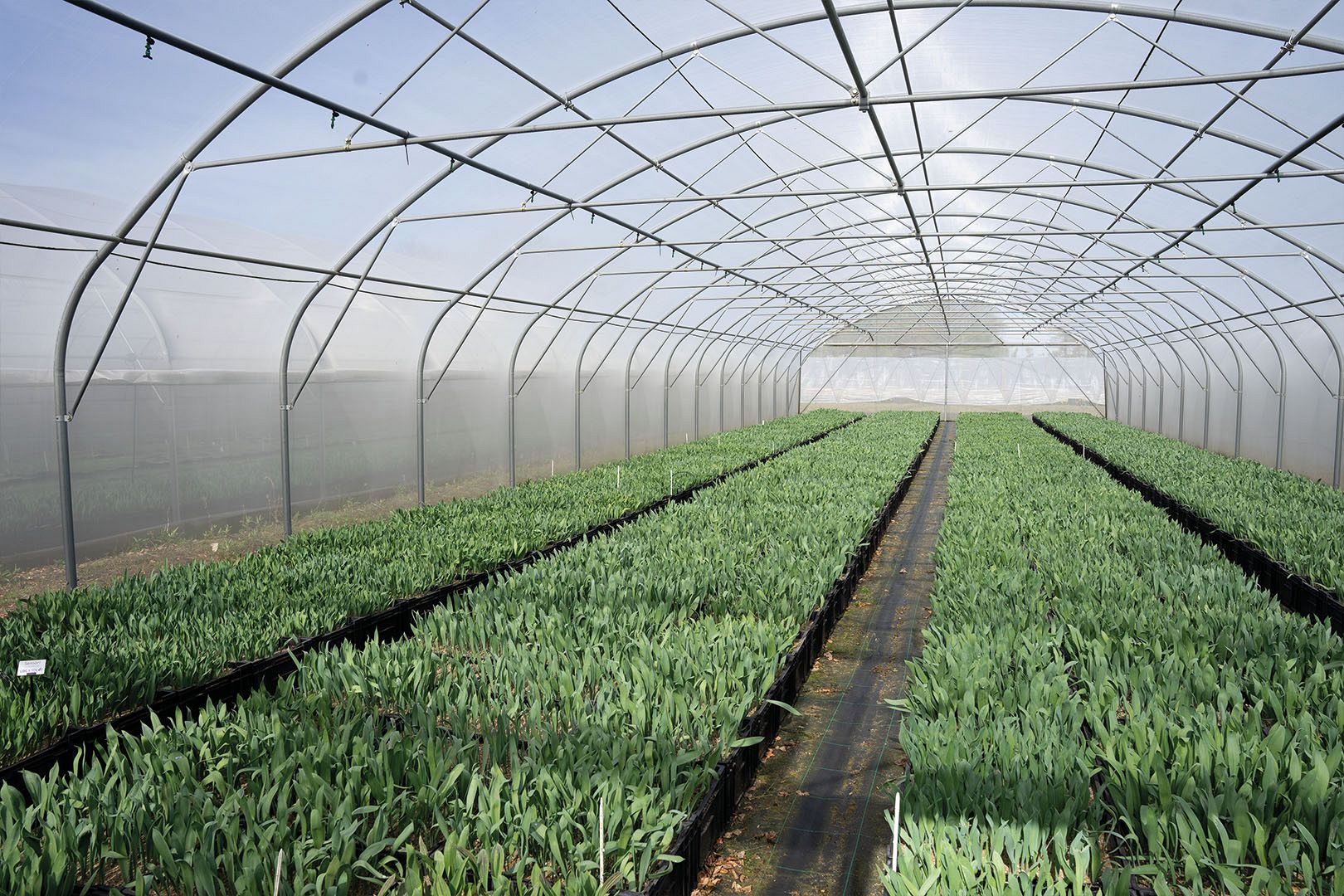
A Sustainable Future through Hybridising
At JUB Holland, innovation is at the heart of everything we do. In collaboration with Remarkable, we are working on hybridising new, stronger tulip varieties that are naturally more resistant to diseases. This improved resistance reduces the need for protective measures, directly contributing to a healthier environment.
Our goal is to continually push the boundaries of tulip hybridising without compromising on quality. While hybridising is a lengthy process, the results are always worth it: the most beautiful and exclusive tulips that bring color and life to gardens for years to come.
3.jpg?1741274141&1741274141=)






.jpg?1552550832&1552550832=)



